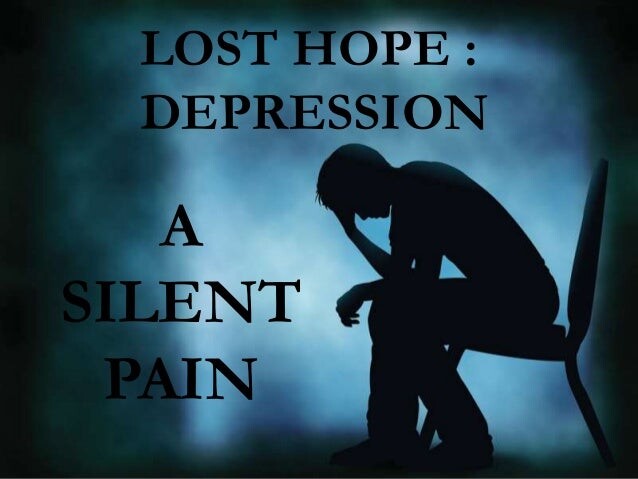What Are 7 Stages Of Emotional Healing?
The 7 stages of emotional healing are like a plan to guide you through your emotional pain. It begins with recognizing and knowing your feelings, and then accepting them without any judgment or criticism. After this, you move on to processing the emotions by using therapy, writing in a diary or expressing yourself creatively such as drawing or painting etc. After processing, you can start to let go of the negativity and luggage. This journey supports growth, helping you build up toughness and better relationships. The last stage is about incorporating your past into your current story, which leads to a transformation.
Stage 1: Awareness
The beginning part of 7 stages of emotional healing is Awareness, it sets the base for healing emotionally. It’s similar to turning on lights in a room that’s dark where you cannot deal with what you are not able to see. Frequently, emotional pain shows itself in small manners we may overlook. Are there aches and pains, tiredness, or irritability that you cannot clarify? These might be indications that your feelings are attempting to communicate with you. This is where methods such as being mindful and progressive muscle relaxation can assist – they aid in focusing on the messages from your body.
Stage 2: Acceptance
Here comes the second part of 7 stages in emotional healing. To take in your emotions, it’s not about appreciating them but recognizing that they are present without forming a judgment. Picture a wave – you can’t prevent it, but you can learn how to surf. To welcome challenging emotions such as anger, sadness or shame is not easy. Frequently we wrestle with negative self-talk or attempt to suppress them down.
Stage 3: Processing
The third step in the 7 stages of emotional healing is processing. Emotional processing means to interact with your feelings, comprehend them more profoundly and loosen their grip on you. Think of it as unpacking a box filled with emotional luggage – you must look inside before being able to proceed. Processing is important for healing, as emotions that are not dealt with can stay around and affect your thinking, actions and feeling good.
There are several ways to process: talking to a therapist can help you delve into your experiences and emotions within a secure environment. Using expressive therapies such as art, music, or movement can give individuals an outlet for expressing their feelings without relying on spoken words. Journaling prompts that go beyond just “What am I feeling?” or “What memories does this emotion trigger in you?” is thought-provoking.
Stage 4: Release
Now we are at stage 4 in the 7 stages of emotional healing. Emotional release is about freeing yourself from negative energy, which is connected with previous experiences. It’s similar to opening a clenched fist the tightness reduces and provides comfort. This is very important for healing because keeping negative emotions inside can make you feel heavy. It’s necessary to understand the difference between release and suppression, which means pushing emotions down. When feelings are released, it lets you admit and handle them. But suppression keeps them locked away.
Activities such as exercises in forgiveness might assist in letting go of resentment. Techniques to permit emotional release, similar to EFT tapping or breathwork, could aid in physically discharging the built-up energy. Symbolic methods for letting go, like writing a farewell letter or burning ceremony, can also be effective ways. By actively releasing emotional baggage, you create space for peace and growth.
Stage 5: Growth
Step number 5 from the 7 stages of emotional healing is about growth. Healing your emotions isn’t only making pain go away; it also helps you grow as a person. As you move through this journey, you start to comprehend yourself and your feelings more deeply – like an enhanced form of self-awareness. This newfound self-compassion allows you to be kinder to yourself during challenges.
You will also grow stronger in setting emotional limits, finding the ability to refuse things and give importance to your own welfare. This increase in strength gives you better skills for dealing with later problems.

Stage 6: Integration
The sixth step of the 7 stages of emotional healing is called integration. This means you are now in a phase where you incorporate your past, including any emotional pain, into the overall story of your life today. It does not imply to forget about what happened before but more about understanding it as one chapter that helped mold who you became; it was not always necessarily defining for who you are now. To make it a part of you, recognize the insights gained from your experiences and how they have shaped you into who you are today.
Stage 7: Transformation
The last phase, transformation, is the final part of 7 stages of emotional healing. This represents the end point in your journey through emotional healing. You have fully completed it when you come out from this procedure not only healed but also altered at your core. You become a stronger, more complete version of yourself. The power is not just from being tough but also because of the knowledge gained by dealing with emotional difficulties. You will have more self-confidence and understand your values better. Crucially, emotional healing can spark a more intense feeling of purpose and value in life.
The path towards emotional healing is like a meandering road, full of ups and downs. However, it’s important to keep in mind that you are not alone. By accepting the seven stages, you start on a journey of finding yourself again and expanding your capabilities leading to change at the end.




